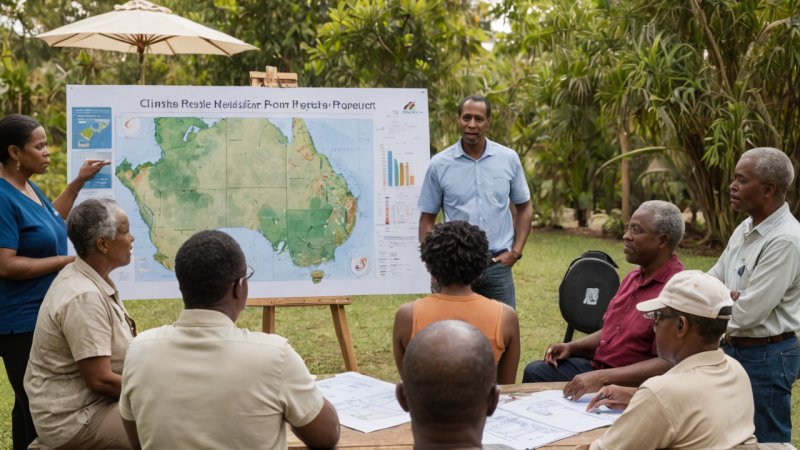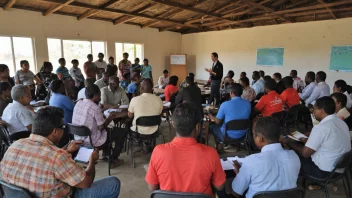Introduction
Climate change is one of the most pressing challenges of our time, affecting communities worldwide. This article will guide you through the steps to build resilience in your community against the impacts of climate change. By understanding the risks and implementing effective strategies, you can help create a stronger, more sustainable environment for everyone.
Step 1: Assess Your Community's Vulnerabilities
Understanding the specific vulnerabilities of your community is the first step in building resilience. Here’s how to conduct an assessment:
- Gather Data: Collect information on local climate patterns, historical weather events, and socio-economic data.
- Engage the Community: Organize meetings to discuss climate-related concerns and gather input from residents.
- Identify Key Vulnerabilities: Evaluate which areas (e.g., housing, health, infrastructure) are most at risk from climate impacts.
Step 2: Educate and Raise Awareness
Education is crucial for empowering community members to take action against climate change. Here’s how to spread awareness:
- Host Workshops: Organize workshops to educate residents about climate change and its effects.
- Create Informative Materials: Develop brochures, flyers, and online content that highlight local climate issues.
- Utilize Social Media: Share information on social platforms to reach a wider audience.
Step 3: Foster Community Collaboration
Building resilience requires collaboration among various stakeholders. Follow these steps to foster partnerships:
- Identify Key Stakeholders: Reach out to local government, NGOs, businesses, and community groups.
- Establish a Coalition: Form a coalition of stakeholders dedicated to addressing climate resilience.
- Encourage Joint Initiatives: Collaborate on projects that enhance community capacity to respond to climate impacts.
Step 4: Develop a Climate Resilience Plan
Creating a comprehensive plan is essential for guiding your community’s efforts. Here’s how to develop one:
- Set Clear Goals: Define what your community aims to achieve in terms of resilience.
- Outline Strategies: Identify specific strategies and actions to mitigate climate risks.
- Allocate Resources: Determine what resources (financial, human, material) are needed to implement the plan.
Step 5: Implement and Monitor the Plan
Execution and monitoring are critical to the success of your resilience plan. Here’s how to proceed:
- Launch Initiatives: Start implementing the strategies outlined in your plan.
- Monitor Progress: Regularly assess the effectiveness of the initiatives and make adjustments as needed.
- Gather Feedback: Solicit feedback from community members to improve ongoing efforts.
Step 6: Advocate for Policy Change
Advocacy is key to ensuring long-term resilience efforts. Here’s how to engage in advocacy:
- Identify Policy Issues: Determine which local policies need to be influenced to enhance resilience.
- Engage with Leaders: Organize meetings with local leaders and decision-makers to discuss climate concerns.
- Promote Sustainable Practices: Advocate for policies that support sustainability and climate adaptation initiatives.
Summary
Building community resilience against climate change involves assessing vulnerabilities, educating residents, fostering collaboration, developing a comprehensive plan, implementing initiatives, and advocating for policy change. By taking these steps, you can empower your community to face climate challenges effectively.
Final Advice: Remember, resilience is a continuous process. Stay engaged, keep the lines of communication open, and adapt your strategies as needed to ensure your community thrives in the face of climate change.






